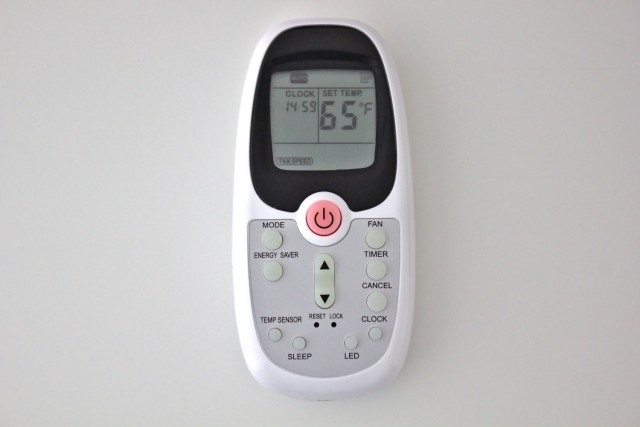Storing high dynamic range (HDR) images is a solved problem in general, such as using the excellent OpenEXR format. When is comes to the web, however, there are two major problems. The first is that web browsers don’t support any of the standard HDR image formats, and the second is that HDR images tend to be rather large, which is a problem for conserving bandwidth and reducing load times. Although there are ways to load HDR textures into WebGL using pre-encoded textures and WebGL extensions, this is very bandwidth-inefficient and not supported by all WebGL devices. Thus, the first problem has to be worked around by encoding the HDR image information into standard web images, e.g. JPEG and PNG. The earliest example of this that I can find is the pre-WebGL pfstools HDR HTML viewer, which layers multiple JPEG images at different exposures and blends them with different opacity settings.1 This method was good for its time, since before WebGL image processing calculations were difficult to perform in the browser. However, the method is bandwidth-inefficient as it requires downloading the same image at multiple exposures—five images in the example. This brings us to WebGL, where a method PNG-based method was developed by SpiderGL (and copied by three.js). Although the provided encoder is undocumented, it appears to be based on JPEG-HDR, which uses a tone-mapped base image combined with a subband image that encodes the ratio between the tone-mapped image and the original HDR image.2 The method encodes the tone-mapped image in the RGB channels of a PNG and the ratio in the alpha channel. This works well when lossless compression is desired but is bandwidth-inefficient for photographic textures.
Rafał Mantiuk and Wolfgang Heidrich. “Visualizing high dynamic range images in a web browser”. In: Journal of Graphics, GPU, and Game Tools 14.1 (2009), pp. 43–53. DOI: 10.1080/2151237X.2009.10129276. URL: http://pfstools.sourceforge.net/papers/mantiuk09vhdri.pdf. ↩
Greg Ward and Maryann Simmons. “JPEG-HDR: A backwards-compatible, high dynamic range extension to JPEG”. In: ACM SIGGRAPH 2006 Courses. ACM, 2006, p. 3. DOI: 10.1145/1185657.1185685. URL: http://www.anyhere.com/gward/papers/cic05.pdf. ↩


